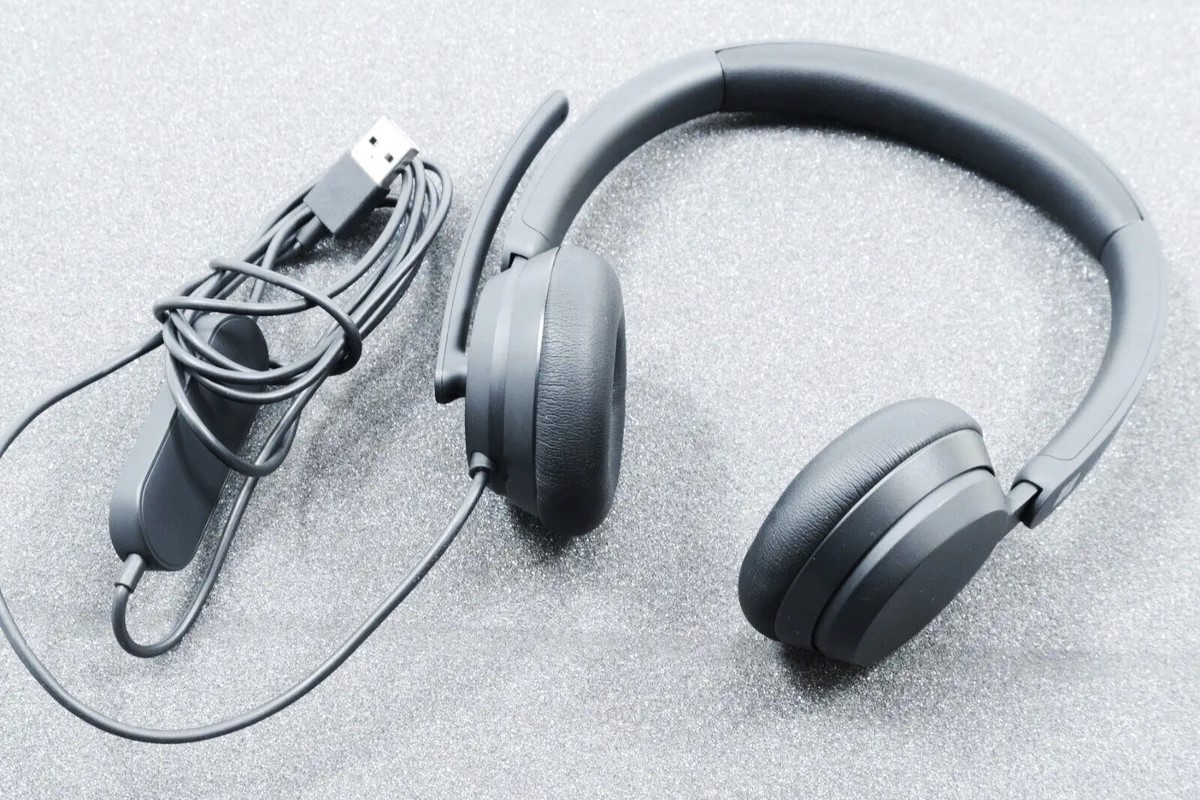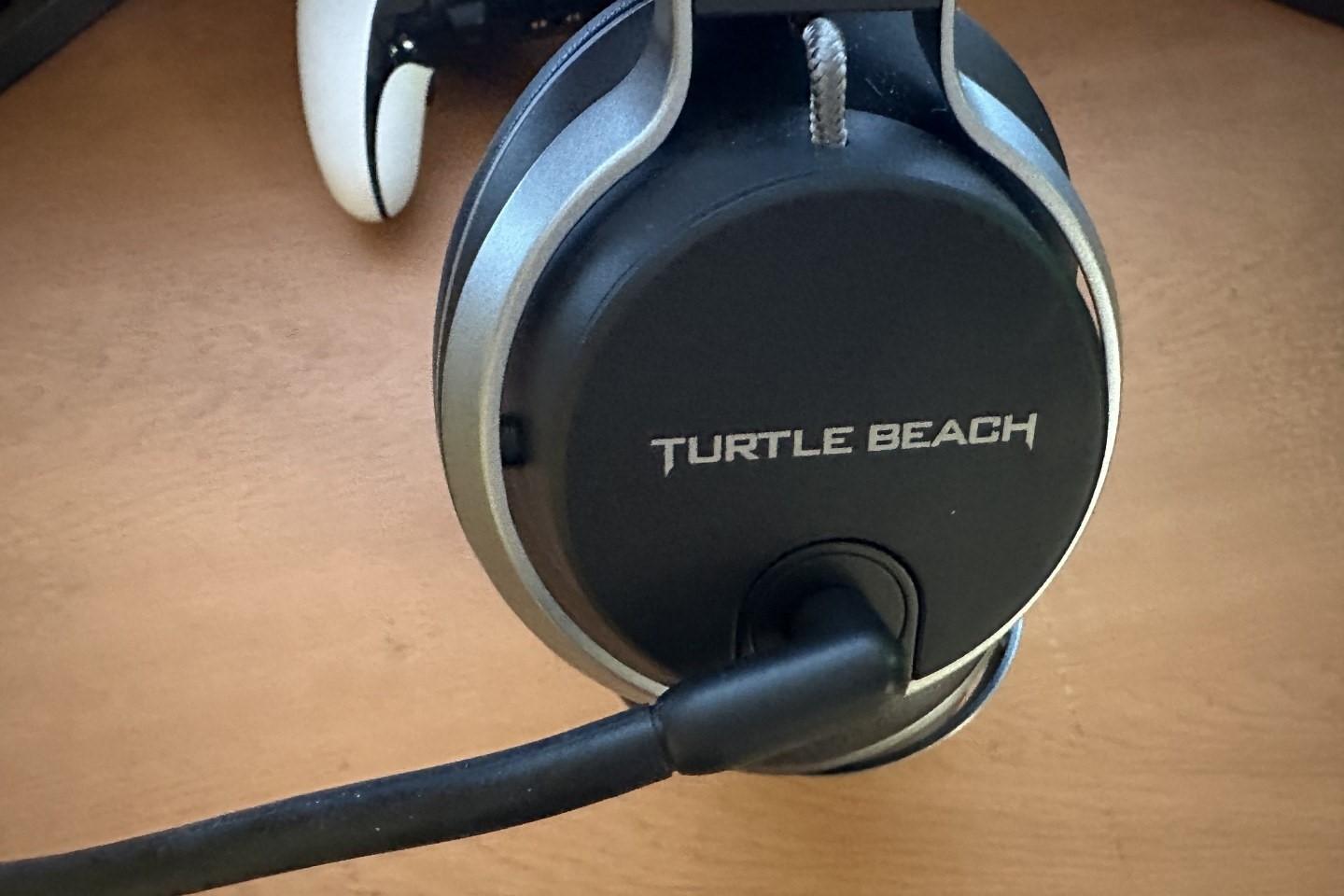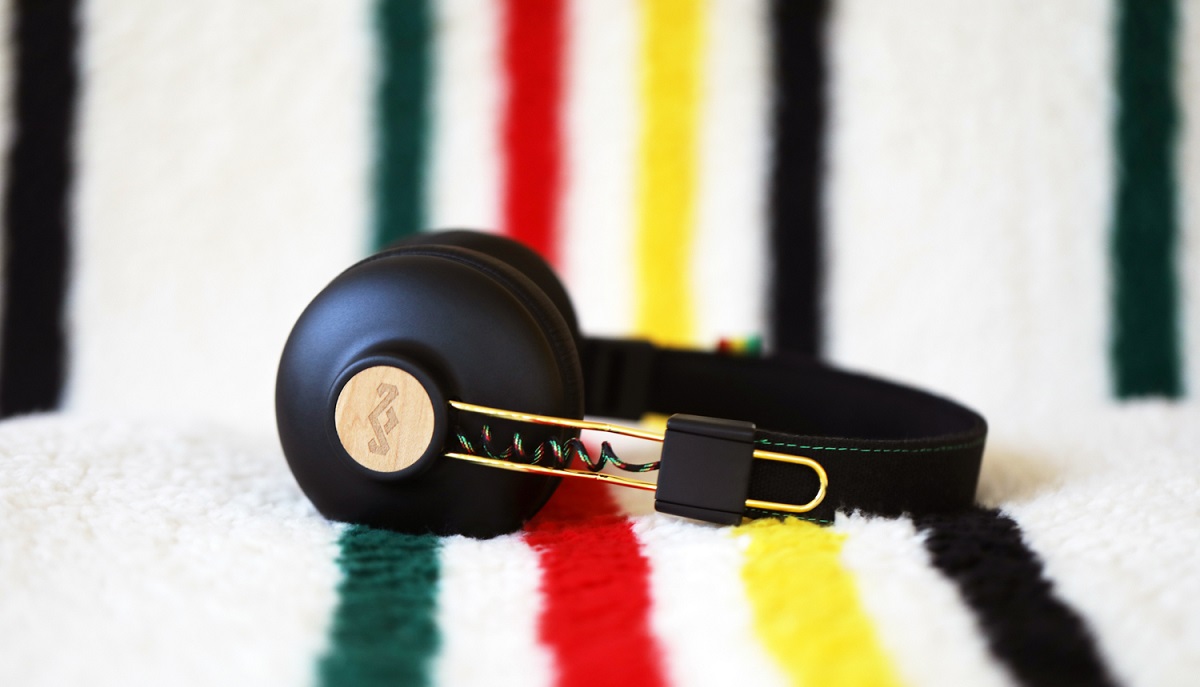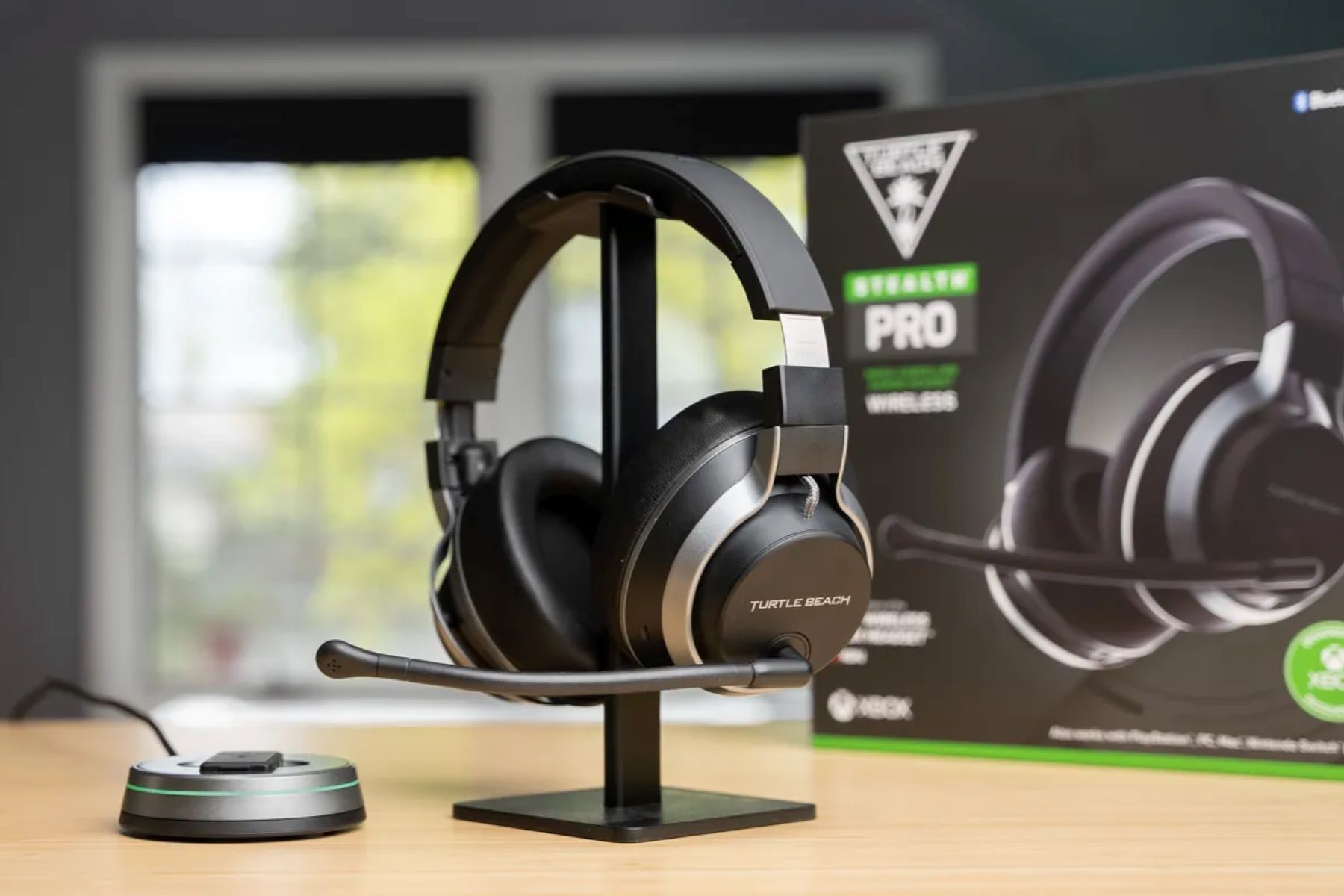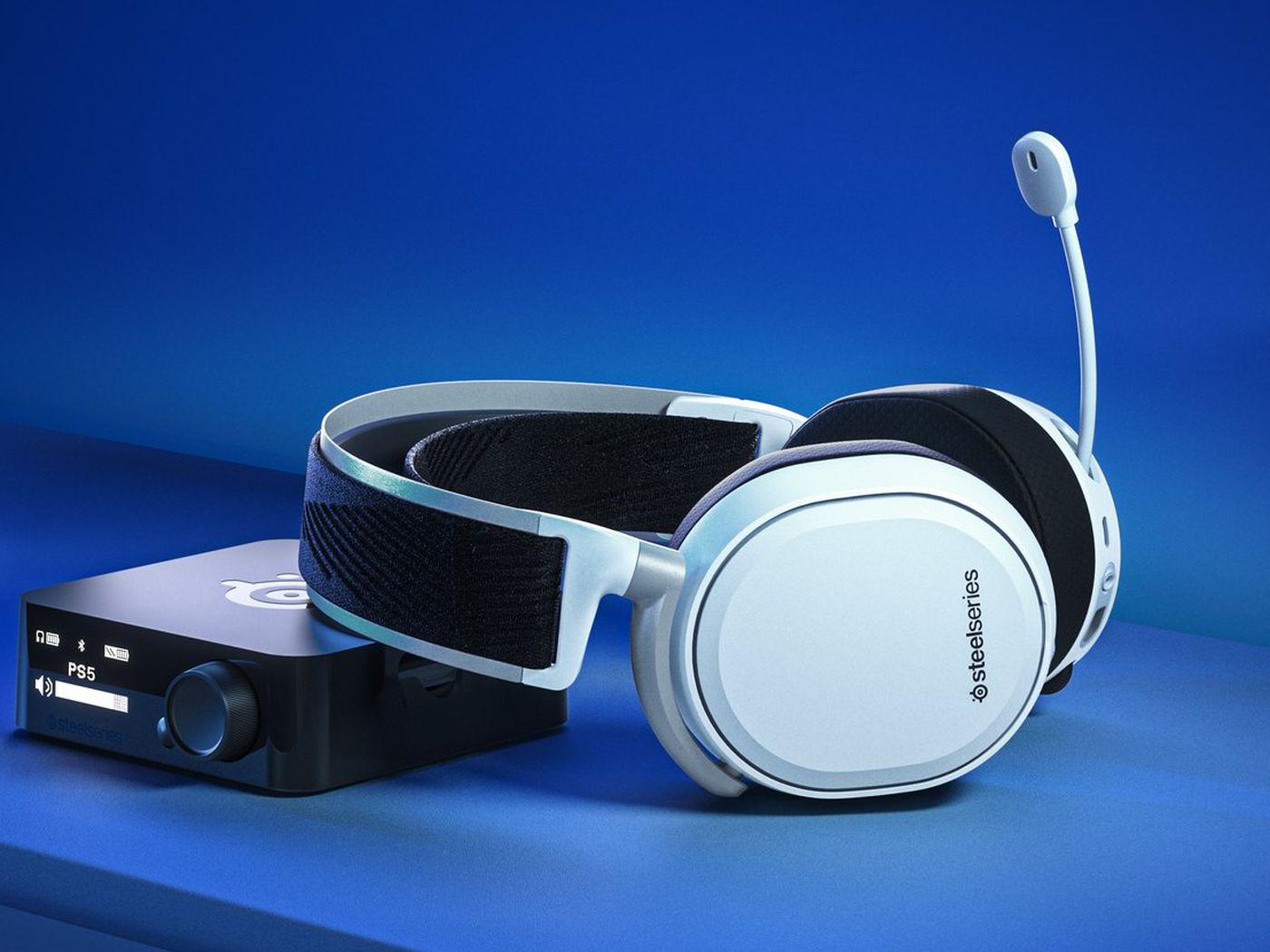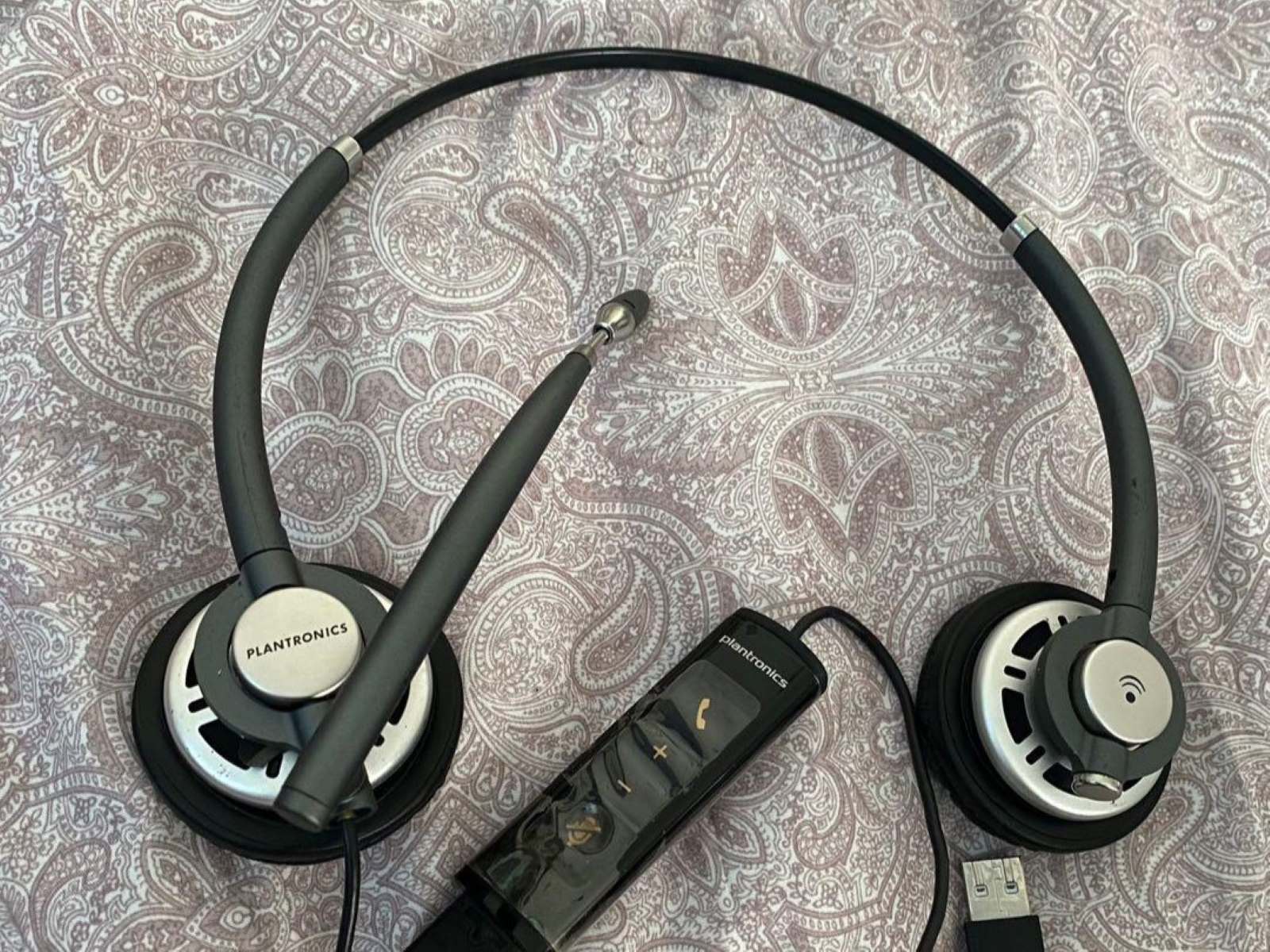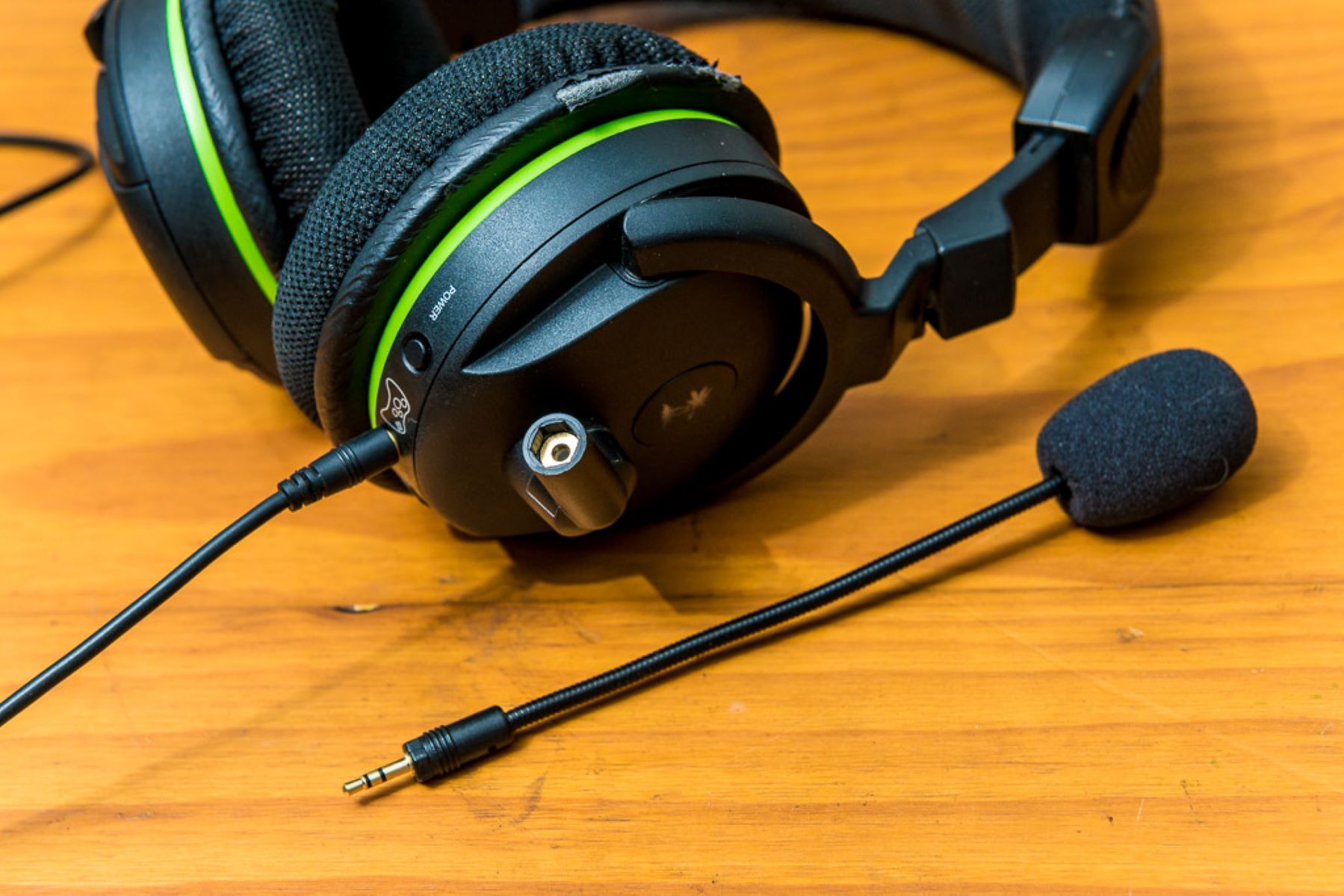Introduction
Windows 10 is a powerful and versatile operating system that has revolutionized the way we interact with technology. From its sleek interface to its robust features, Windows 10 has undoubtedly raised the bar for user experience. However, even the most advanced systems are not immune to technical hiccups, and one of the most common issues that Windows 10 users encounter is related to audio.
Audio problems can be frustrating and disruptive, especially for those who rely on their devices for work, entertainment, or communication. From crackling sound to microphone malfunctions, the range of audio issues that users may face is vast and varied. One particularly vexing problem that many users encounter is the phenomenon of hearing themselves in their headset while using voice communication applications.
This issue can be disorienting and distracting, making it difficult to focus on conversations or tasks at hand. Whether you're engaging in a virtual meeting, gaming with friends, or simply making a voice call, the last thing you want is to be thrown off by the echo of your own voice in your headset. Fortunately, there are effective solutions to address this problem, allowing you to regain control over your audio experience and enjoy seamless communication and entertainment on your Windows 10 device.
In this article, we will delve into the common audio issues that Windows 10 users face, explore the causes and symptoms of hearing yourself in the headset, and provide practical steps to resolve this frustrating problem. By the end of this guide, you will have a comprehensive understanding of how to tackle audio woes on Windows 10 and ensure that your headset delivers crystal-clear sound without any unwanted echoes. Let's embark on this journey to optimize your audio experience and reclaim the joy of uninterrupted communication and entertainment on your Windows 10 device.
Common Audio Issues in Windows 10
Windows 10, despite its many strengths, is not without its audio-related challenges. Users often encounter a myriad of audio issues that can disrupt their computing experience. These problems can manifest in various forms, ranging from minor inconveniences to major disruptions. Understanding these common audio issues is crucial for effectively troubleshooting and resolving them. Here are some prevalent audio problems that Windows 10 users may encounter:
-
Sound Distortion: One of the most common audio issues in Windows 10 is sound distortion. This can manifest as crackling, popping, or static noises during audio playback, diminishing the overall listening experience. Sound distortion can occur when playing music, watching videos, or engaging in voice communication, leading to frustration and discomfort.
-
Microphone Malfunctions: Many Windows 10 users experience difficulties with their microphones. This can include the microphone not being detected, producing muffled or inaudible sound, or failing to pick up any audio input at all. Microphone malfunctions can impede voice calls, online meetings, and gaming experiences, hindering effective communication and collaboration.
-
No Sound Output: Another prevalent issue is the absence of sound output from the speakers or headphones. Users may find that their devices are not producing any sound despite being properly connected and configured. This can be particularly disruptive when attempting to engage in multimedia activities or receive important audio notifications.
-
Audio Playback Stuttering: Windows 10 users may encounter audio playback stuttering, where audio files or streams intermittently pause or skip, disrupting the continuity of the listening experience. This issue can arise during music playback, video streaming, or any audio-related tasks, leading to an unsatisfactory and disjointed audio output.
-
Device Recognition Problems: Some users face challenges with Windows 10 properly recognizing their audio devices, such as headphones, speakers, or external microphones. This can result in the inability to select the desired audio output or input, limiting the user's control over their audio setup.
These common audio issues can significantly impact the usability and enjoyment of Windows 10 devices, prompting users to seek effective solutions to restore optimal audio functionality. By addressing these challenges, users can unlock the full potential of their devices and immerse themselves in a seamless and immersive audio experience.
Hearing Yourself in the Headset: Causes and Symptoms
Experiencing the disconcerting phenomenon of hearing yourself in the headset while using voice communication applications can be perplexing and disruptive. This issue, often referred to as "sidetone," occurs when the sound of your own voice is fed back into your headset, creating an echo effect that can be distracting and disorienting. Understanding the causes and symptoms of this problem is essential for effectively addressing it and restoring clear and uninterrupted audio communication.
Causes of Hearing Yourself in the Headset
-
Audio Feedback Loop: One common cause of hearing yourself in the headset is an audio feedback loop. This occurs when the microphone picks up the sound of your voice, which is then played back through the headset, only to be captured by the microphone again. This continuous loop results in the echo effect that disrupts the natural flow of communication.
-
Microphone Sensitivity Settings: In some cases, the microphone sensitivity settings on your Windows 10 device may be configured in a way that amplifies ambient sounds, including your own voice. This can lead to the unintended playback of your voice through the headset, creating the impression of hearing yourself during conversations or voice recordings.
-
Hardware and Driver Issues: Faulty hardware components or outdated audio drivers can also contribute to the "hearing yourself in the headset" issue. Malfunctioning microphones, improperly connected headsets, or incompatible drivers may result in audio feedback and echo, impacting the overall audio experience.
Symptoms of Hearing Yourself in the Headset
-
Echo Effect: The most obvious symptom of this issue is the presence of an echo effect, where you hear your own voice with a slight delay while using voice communication applications or making voice recordings. This echo can be distracting and make it challenging to focus on the conversation at hand.
-
Disrupted Communication: Users experiencing this problem often report difficulties in maintaining smooth and natural communication. The presence of the echo can lead to hesitancy in speech and can disrupt the natural flow of conversations, impacting the overall quality of voice interactions.
-
Reduced Clarity: The presence of sidetone can reduce the clarity of incoming audio, as the echo competes with the incoming voice, causing a muddled and less distinct listening experience. This can be particularly frustrating during important calls or when engaging in immersive gaming experiences.
By recognizing the causes and symptoms of hearing yourself in the headset, users can gain valuable insights into the nature of this audio issue, paving the way for effective troubleshooting and resolution. Understanding the intricacies of this problem is the first step toward reclaiming clear and uninterrupted audio communication on Windows 10 devices.
Fixing the "Hearing Yourself in the Headset" Issue
Resolving the vexing problem of hearing yourself in the headset on Windows 10 requires a systematic approach that addresses the underlying causes and implements effective solutions. By following the steps outlined below, users can regain control over their audio experience and eliminate the disruptive echo effect, ensuring clear and uninterrupted communication and entertainment.
1. Adjust Microphone Sensitivity Settings
One of the primary culprits behind the sidetone issue is overly sensitive microphone settings. To address this, navigate to the "Sound" settings in Windows 10 and access the "Recording" tab. Select the microphone in use, open its properties, and adjust the sensitivity levels to reduce the likelihood of capturing and playing back ambient sounds, including your own voice.
2. Use Headset with Sidetone Control
Some headsets feature built-in sidetone control, allowing users to adjust the level of their voice heard in the headset. If your headset offers this functionality, utilize it to fine-tune the sidetone to a comfortable and non-distracting level. This can significantly mitigate the echo effect and restore natural communication during voice interactions.
3. Update Audio Drivers
Outdated or incompatible audio drivers can contribute to audio feedback issues, including hearing yourself in the headset. Ensure that your Windows 10 device's audio drivers are up to date by accessing the Device Manager, locating the audio devices, and checking for driver updates. Installing the latest drivers can resolve underlying compatibility and performance issues, potentially alleviating the sidetone problem.
4. Position Microphone Properly
The physical placement of the microphone can impact the likelihood of capturing and playing back ambient sounds. Position the microphone at an optimal distance from your mouth, ensuring that it captures your voice clearly while minimizing the pickup of ambient noise. Experiment with different microphone positions to find the optimal setup that reduces the echo effect.
5. Utilize Noise Cancellation Software
Leveraging noise cancellation software or features can effectively suppress ambient sounds, including the playback of your own voice in the headset. Explore the availability of noise cancellation tools that are compatible with your headset or audio setup, and configure them to minimize the impact of sidetone on your overall audio experience.
By implementing these proactive measures, Windows 10 users can effectively address the "hearing yourself in the headset" issue and restore optimal audio clarity and communication. By taking control of microphone settings, leveraging headset features, updating drivers, optimizing microphone placement, and utilizing noise cancellation tools, users can enjoy a seamless and distraction-free audio experience on their Windows 10 devices.
This comprehensive approach empowers users to overcome the challenges posed by audio feedback and sidetone, enabling them to fully immerse themselves in productive conversations, engaging gaming experiences, and immersive multimedia activities without the disruptive echo effect. With these practical solutions at their disposal, Windows 10 users can reclaim the joy of clear and uninterrupted audio communication, enhancing their overall computing experience.
Conclusion
In conclusion, addressing audio issues, particularly the disconcerting problem of hearing oneself in the headset, is essential for ensuring a seamless and immersive audio experience on Windows 10 devices. By understanding the common audio challenges faced by users, recognizing the causes and symptoms of the sidetone issue, and implementing effective solutions, individuals can reclaim control over their audio communication and entertainment.
The prevalence of sound distortion, microphone malfunctions, no sound output, audio playback stuttering, and device recognition problems underscores the significance of proactively managing audio settings and configurations. These common issues can disrupt productivity, hinder effective communication, and detract from the overall user experience. By acknowledging these challenges, users can approach audio troubleshooting with informed insights and a proactive mindset.
The causes of hearing oneself in the headset, including audio feedback loops, microphone sensitivity settings, and hardware or driver issues, shed light on the technical intricacies that contribute to this disruptive phenomenon. By identifying these root causes, users can embark on targeted troubleshooting efforts and implement tailored solutions to mitigate the echo effect and restore clear and uninterrupted audio communication.
The practical steps for resolving the "hearing yourself in the headset" issue encompass adjusting microphone sensitivity settings, utilizing headsets with sidetone control, updating audio drivers, optimizing microphone placement, and leveraging noise cancellation software. These proactive measures empower users to take charge of their audio environment, effectively minimizing the impact of sidetone and enhancing the overall quality of voice interactions and multimedia experiences.
By embracing these solutions, Windows 10 users can navigate the intricacies of audio troubleshooting with confidence, knowing that they have the knowledge and tools to address common audio challenges and restore optimal audio functionality. This comprehensive approach not only resolves the immediate issue of hearing oneself in the headset but also equips users with valuable insights into managing audio settings and configurations to enhance their overall computing experience.
In essence, by delving into the complexities of audio troubleshooting and understanding the nuances of the sidetone issue, users can cultivate a deeper appreciation for the role of effective audio management in maximizing the potential of their Windows 10 devices. Through informed insights, proactive measures, and practical solutions, individuals can embark on a journey towards a more immersive, engaging, and uninterrupted audio experience, free from the disruptions of unwanted echoes and audio feedback.









